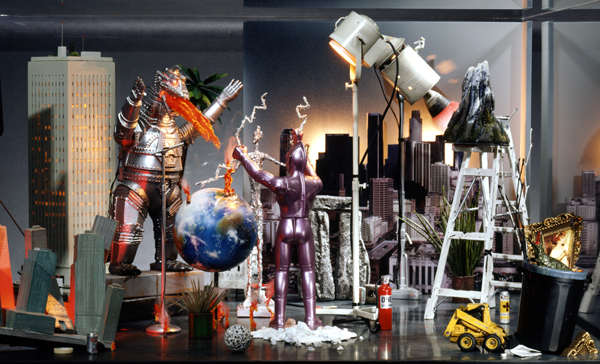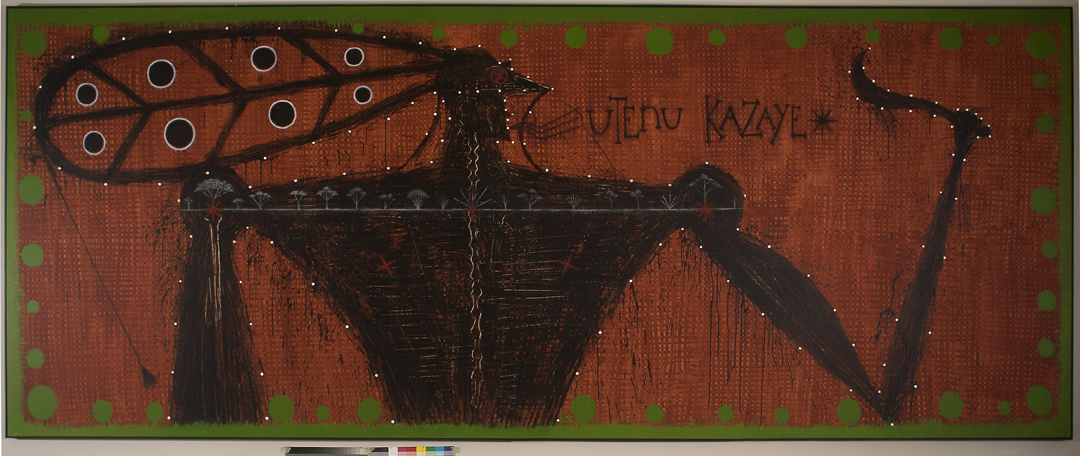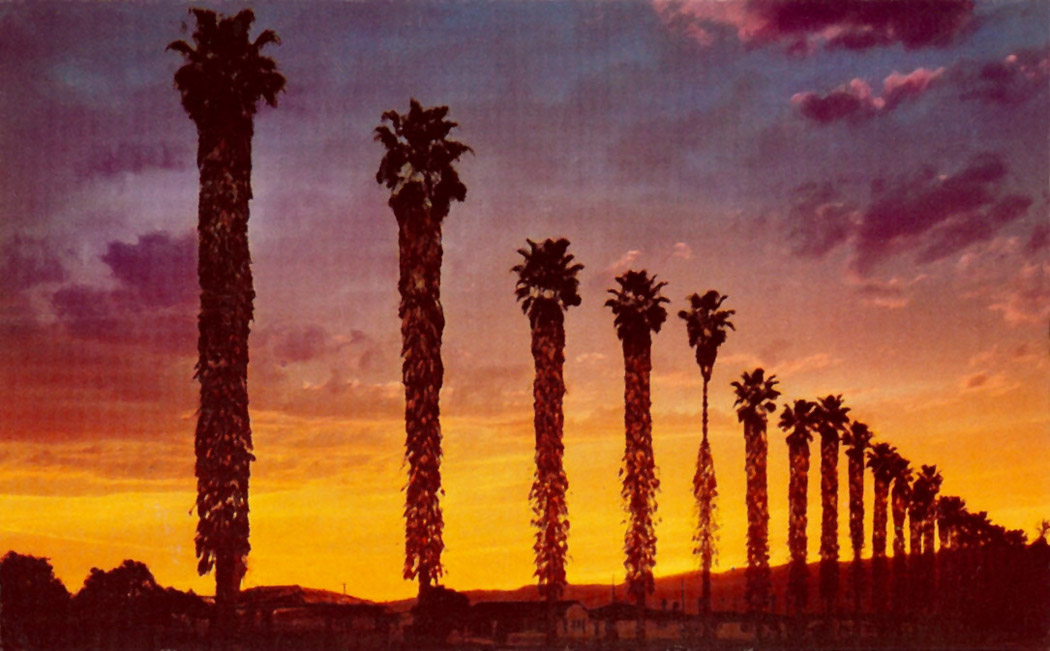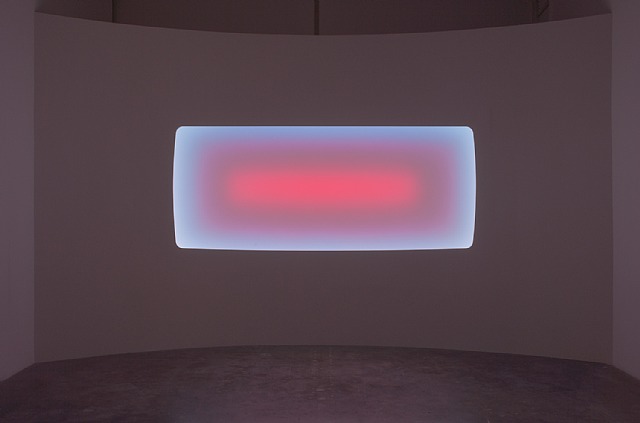
Roland Reiss: Personal Politics - Sculpture from the 1970s and 1980s
Roland Reiss has been a major presence in the Los Angeles art world both as an artist and teacher for several decades. During the 1970s and '80s, the artist created miniature sculptures of scenes from everyday life, which are among his most famous and groundbreaking works, despite the fact that he works primarily as a painter.
In 1975, Reiss became the Dean of the Department of Art at Claremont Graduate School, and that same year, he was compelled by cinema and literature about contemporary life to turn his art from abstract paintings into figurative tableaus. Wanting to avoid the visual clichés that he felt accompanied most Realist painting, Reiss decided to cast his figures at an intimate scale, creating layered narratives that defy a singular interpretation.
The exhibition features close to forty miniature scenes from the following series: Morality Plays which deals with how middle class families go about finding meaning in life; Adult Fairy Tales I and II which reflect on office and corporate culture; F/X, a mediation on popular culture and myths; Murder Mysteries; Philosophical Homilies and Dancing Lessons. Each series contains psychological references and the works occasionally reflect influences from Hollywood and the film industry. The tiny worlds suggest and evoke stress, panic, ambition, fear, insecurity, delight, and in each scene, Reiss examines our society's semiotics, or codified signifiers of hidden meaning.
Roland Reiss: Personal Politics - Sculpture from the 1970s and 1980s opens September 17 at the Pasadena Museum of California Art

Transcultural Pilgrim: Three Decades of Work by José Bedia
This exhibition brings together twenty-eight large-scale figurative paintings and drawings and a newly commissioned, site-specific installation to offer a comprehensive retrospective on this acclaimed member of Cuba's Generation of the '80s, the pioneering young artists who incorporated Cuban vernacular and spiritual references into their work and experimented with eclectic visual forms.
In 1985, Bedia was included in a small group exhibition of Cuban artists at the State University of New York, College at Old Westbury, on Long Island. While in New York, he attended a gallery opening in Soho and met artist Jimmie Durham, who introduced Bedia to artists Claes Oldenburg and Coosje van Bruggen. Oldenburg and van Bruggen took an interest in Bedia's work and, to cultivate Bedia's interest in Native America, they provided the funds to send him and his colleague Ricardo Rodríguez Brey to the Rosebud Indian Reservation in South Dakota. This chance meeting with Durham, Oldenburg, and van Bruggen proved to be pivotal in forging an important direction in Bedia's art; indigenous America continues to play a vital role in Bedia's production.
Transcultural Pilgrim: Three Decades of Work by José Bedia opens September 17 at the Fowler Museum at UCLA

Alexis Smith: Early Works
Smith's artworks have a wide range of both female and male voices. Some of her early works are filtered through the voice of Jorge Luis Borges, and are layered with metaphorical objects and iconography. Fashioned into her art, there is an ironic tension between traditional female images and Smith's imaginings of who she would have to become if she chose conventional role types. Reconciling the conflict between two roles--one of being successful and the other of being in love--is most present and poignant in her early works.
Reoccurring subjects of snakes, cards, stars, landscapes, and western backdrops were always central to her work as was her use of double meanings, which changed with each context shift. Playing cards were symbols of fate and destiny. Images of stars represented the heavens (and guiding stars), as well as a word describing celebrities. Smith's search for meaning throughout this early work was clarified in narratives that were both personal and collective. Stories hinged to a series of meanings, other people's objects and words put together to form new art objects, found materials placed together in ways that connected physical things to the stories they told, all became part of her trademark. Smith revealed how the same impulses that generate language and stories can also generate art objects.
Alexis Smith: Early Works opens September 17 at Thomas Solomon Gallery

James Turrell: Present Tense
In 1966, Turrell began experimenting with light in his Santa Monica studio, the Mendota Hotel. By covering the windows and only allowing prescribed amounts of light from the street outside to shine through the openings, Turrell created his first light projections. Shortly thereafter, he began using halogen projectors to beam light across darkened rooms into corner spaces. From a distance the projected shapes appeared solid, but as viewers moved closer the forms revealed themselves to be nothing more than light cast against ordinary flat walls. Two of these Cross-Corner Projections, Carn White (1967) and Phantom Blue (1968), will be included in this exhibition.
Present Tense, a Space Division Construction from 1991, will also be on view. In this work, a room is divided into two spaces by a partition wall. In a sense this work reverses the illusion of the projection works. Instead of a two-dimensional space alluding to three, the partitioned three-dimensional space appears to be a flat shape from a distance, but is perceived to diffuse into a three dimensional "mist" when approached by the viewer.
James Turrell: Present Tense opens September 15 at Kayne Griffin Corcoran

Valdez/Jacinto: 80's Portraits
As a member of the ASCO collective, Patssi Valdez strove to challenge and dismantle the sexist and racist images assigned to her. Photography offered the ideal vehicle in which to express her theatrical skills and sense of melodrama and to counteract the confining and unflattering images of Chicanas held by society. In her self-portraits, Valdez became the Chicana Hollywood icon that was missing from the big screen. These glamorous, positive images not only called upon a rejection of ethnic stereotypes in Hollywood but also allowed her to cope with the emotional pain of her childhood. Valdez' outspoken expressions as an urban Chicana in a public sphere would later give way to themes of private explorations of self-identity.
The exhibition will showcase both photographs from Valdez' ASCO period along with her most recent paintings and gouaches, offering an extensive view of her multifarious artistic career. In addition, the gallery will also be exhibiting the work of Louis Jacinto, who worked in Los Angeles during that period. Louis Jacinto began photographing in Los Angeles in 1975. Both Valdez and Jacinto actively recorded the turbulent shifting of cultural identities and social realities that would form a rich part of Los Angeles' history.
Valdez/Jacinto: 80s Portraits opens September 17 at Thomas Paul Fine Art